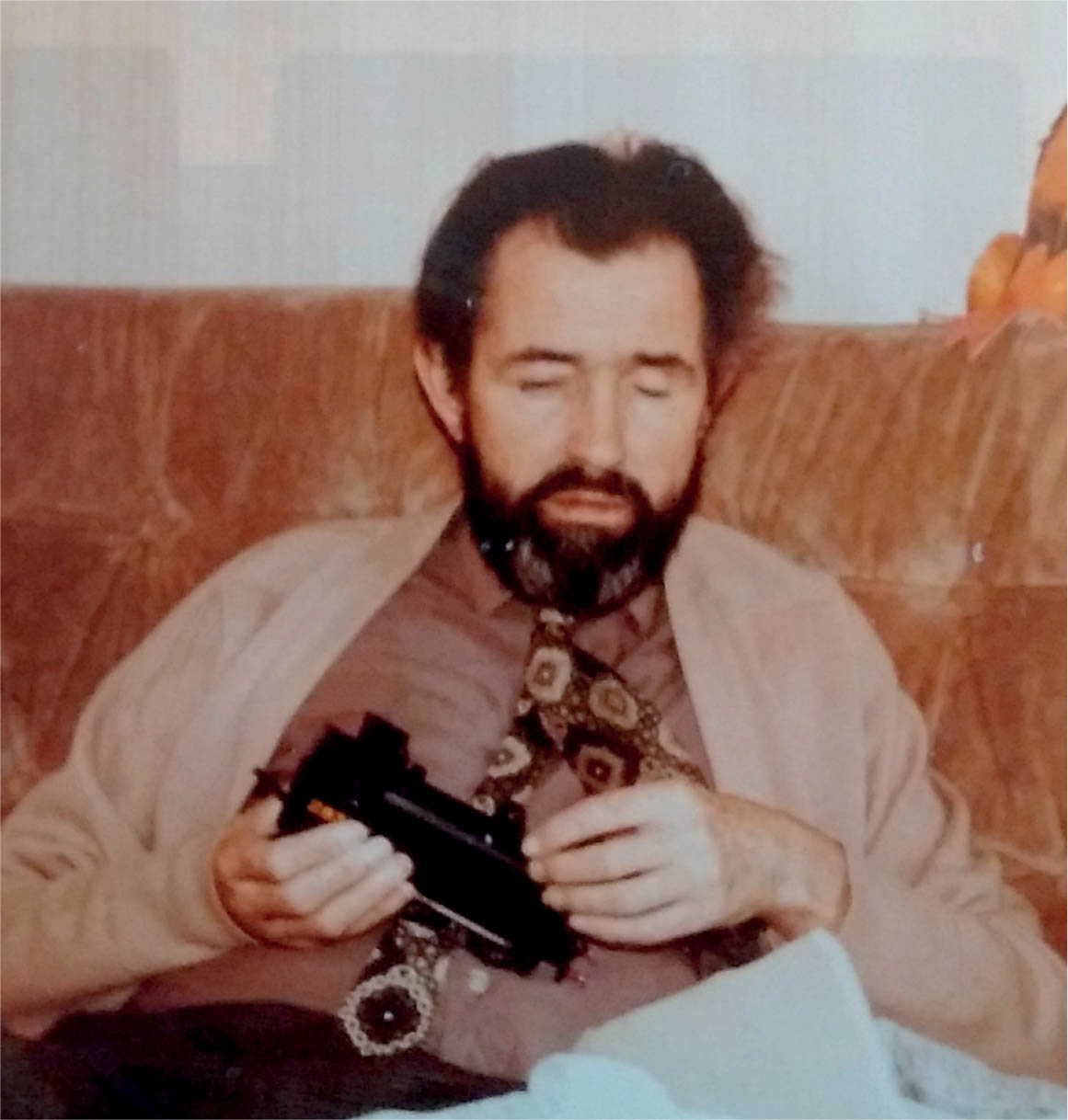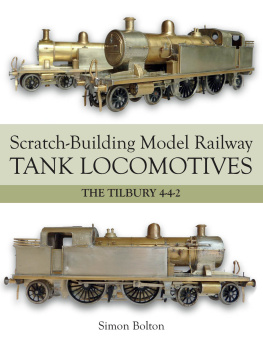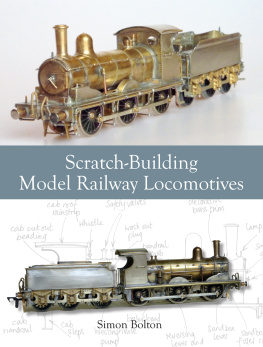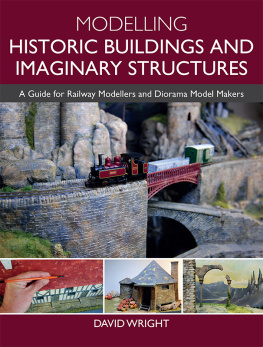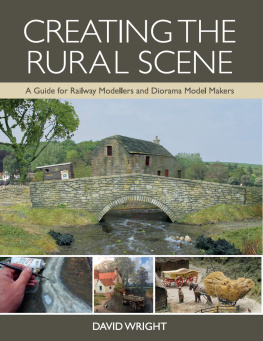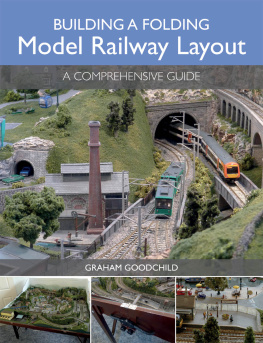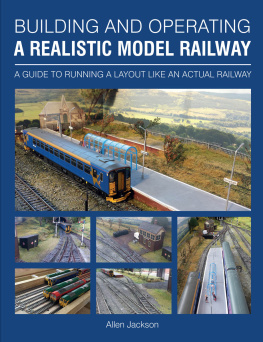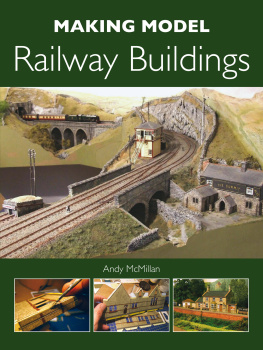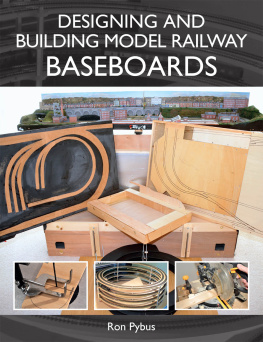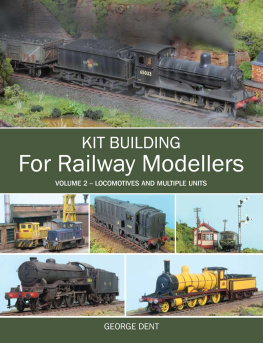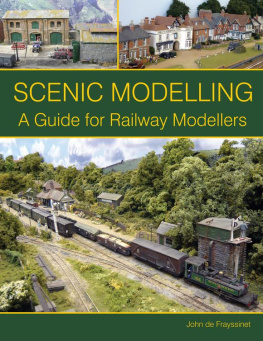Scratch-Building Model Railway
TANK LOCOMOTIVES
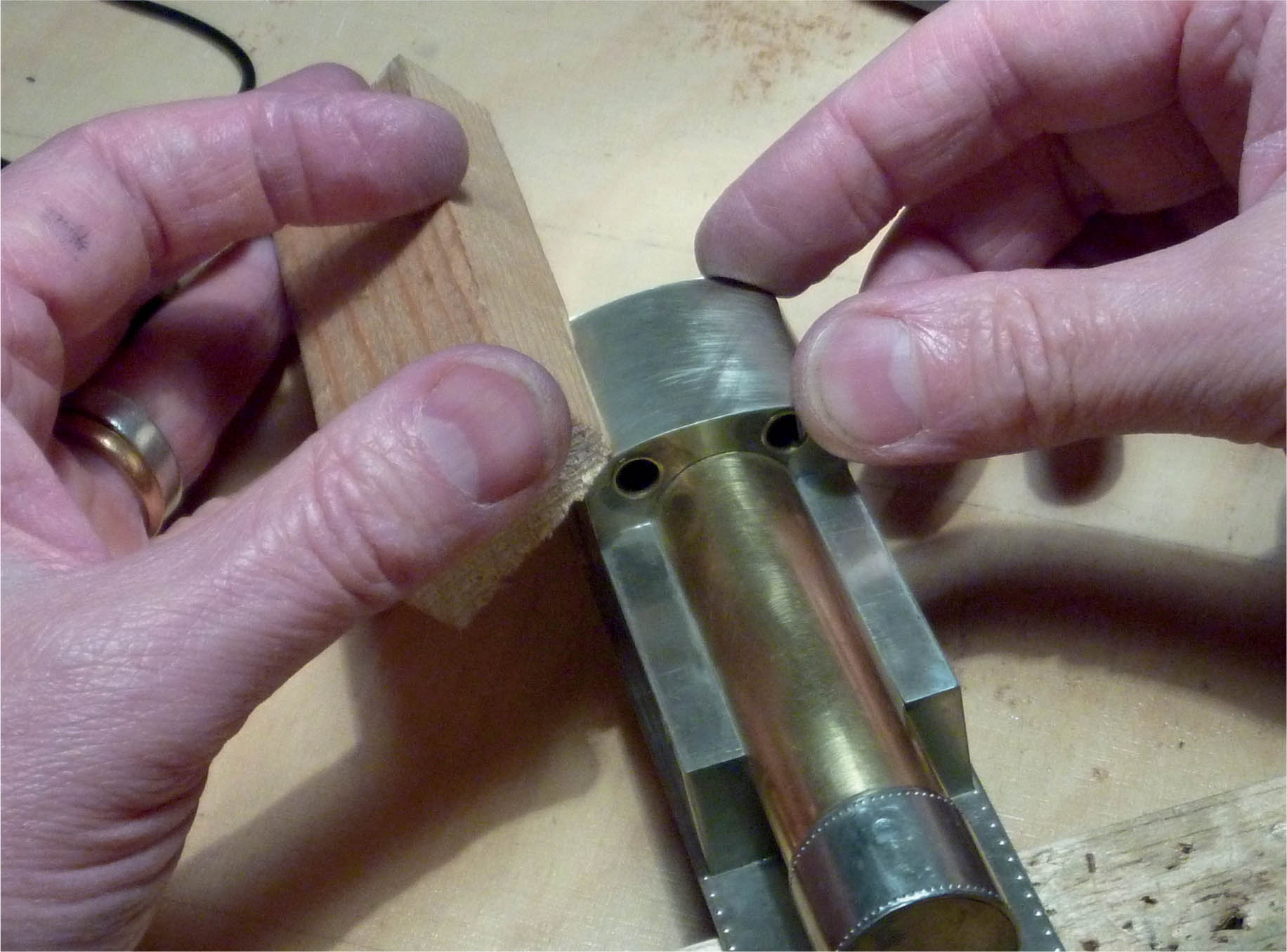
Scratch-Building Model Railway
TANK LOCOMOTIVES
THE TILBURY 4-4-2
Simon Bolton

THE CROWOOD PRESS
First published in 2016 by
The Crowood Press Ltd
Ramsbury, Marlborough
Wiltshire SN8 2HR
www.crowood.com
This e-book first published in 2016
Simon Bolton 2016
All rights reserved. No part of this publication may be reproduced or transmitted in any form or by any means, electronic or mechanical, including photocopy, recording, or any information storage and retrieval system, without permission in writing from the publishers.
British Library Cataloguing-in-Publication Data
A catalogue record for this book is available from the British Library.
ISBN 978 1 78500 142 0
Dedication
To Don Wilson and Angela Leonard for their care and understanding.
Acknowledgements
My thanks to the following: Paul for his unending help and support; David Coasby for his wit and wisdom; Sam Manley and Jonathan Clay for their superb artistic contributions; the members of Shropshire & Herefordshire Area Group for their advice and biscuits; Richard Stanton and Neil Briggs for the use of their photos; Sophia Brothers from the Science & Society Picture Library; the various credited photographic companies for curating such a great resource; all of the readers and reviewers of my first book for their helpful and enthusiastic feedback. Id also like to thank all those society members and website forum contributors for their assistance and kind comments.
All photos and drawings, unless otherwise credited, are by the author.
Disclaimer
The author and the publisher do not accept any responsibility in any manner whatsoever for any error or omission, or any loss, damage, injury, adverse outcome, or liability of any kind incurred as a result of the use of any of the information contained in this book, or reliance upon it. If in doubt about any aspect of railway modelling readers are advised to seek professional advice.
PREFACE
Mica Levi, one of the very few contemporary female film-score composers, once said:
To me, a good way to spend your time is doing something thats exciting and challenging, something you cant get quite right.
I think thats the finest reason for scratch-building model railway locomotives and the best definition for it that you are likely to find.
Levi wrote the stunning score for the film Under the Skin which is a chilling tale of dastardly alien goings-on in downtown Glasgow. Her music adds a truly disturbing dimension to the film (especially for the Glaswegian men who meet Scarlett Johansson for the first and only time).
Since my previous book Scratch-Building Model Railway Locomotives was published Ive been privileged to receive a great deal of informed and lively feedback. Besides some very pleasant compliments, a common comment was that starting off in scratch-building might be more daunting than I had hinted at. Starting anything that you are unfamiliar with is often daunting; I just didnt want to put you off.
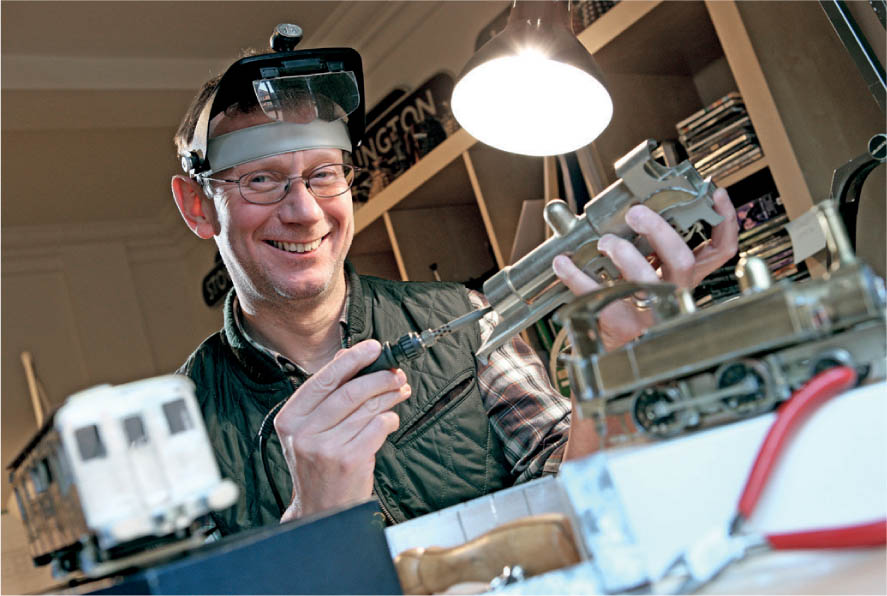
The author at his workbench. RICHARD STANTON
I think Levi expresses the feeling beautifully of being daunted and excited by what you are attempting to do, something that you cant get quite right.
For another perspective, I recently read Mary Roachs brilliant book Gulp: Adventures on the Alimentary Canal, which describes the journey that food takes through the human digestive system. Its an alarmingly good read. At one point the author cheerfully tells us that the most nutritious part of any animal is the gizzard. Those gory bits and pieces are so full of vitamins that they are happily regarded as vegetables in plant-poor environments. It seems we are only stopped from regularly necking wholesome viscera because of cultural pressures. Apparently, we can become accustomed to and grow to like almost any foodstuff as long as we persevere even liver (the curse of many a school dinner), or perhaps kiviaq (auk, left to ferment for a few months in a seal skin), which wasnt regularly served up with our mashed spuds.
Whats the point of all this? you shriek, soldering iron quivering in your expectant paw. When do we get to touch metal?
Well, the argument Im trying to construct here is that if you can open yourself to new experiences new difficult experiences then with a bit of work you will find that you really like them. And after a while you will become really good at them.
In the same light I would like to pay tribute to Don Wilson, to whom I have dedicated this book. When I was at secondary school, where he and his lovely wife Angela taught, I and some other waifs and strays attended a model railway club at their nearby home. Don had only recently lost his sight through diabetic complications, yet he seemed to treat this as only a minor impediment to his modelling. He nurtured the skills of each of us with humour and great patience, encouraging us to scratch-build rolling stock and buildings for his O-gauge garden line. This had a flavour of the London & North Western Railway (LNWR) in North Wales after the 1923 grouping and the locos tended towards the London, Midland & Scottish (LMS) with a LNWR pedigree. They were professionally built for him and he would eagerly feel the detail and form of each new model to test the accuracy of their construction. He could tell by memory and touch if the slightest detail was missing or misshapen.
Don died of further complications tragically early and I have never forgotten the inspirational effect that he had on me, both personally and in my modelling. He and Angela provided an environment of care and trust which allowed us to be challenged and to accept that mistakes were an important element in improvement and eventual success. Angela, incidentally, provided her own challenges for Don by having an enormous pond constructed in the centre of the garden. It was stocked with majestic koi carp, and occasionally Don himself would have to be fished out always in good humour, as far as I was aware.
This then is my ongoing mission to inspire you, as Don did me; to hone your scratch-building skills, make mistakes, persevere and boldly go where no model locomotive modeller has gone before. The book complements and develops beyond my first book, which detailed the building in OO gauge (4mm scale) of a London & North Eastern Railway (LNER) J15 0-6-0 loco and tender. Only here you get to build a Tilbury Tank (or two).
While some of the methods are necessarily the same there are only so many ways you can turn a big bit of metal into a collection of smaller bits joined together to form a model locomotive I have incorporated some alternative ways of doing things along with ideas and techniques that Ive come across more recently. New hand tools, further methods and some slightly more expensive machinery are described and introduced in a manner that I hope you will find entertaining, informative and inspirational enough for you to get to the work surface and have a go at some scratch-building.
